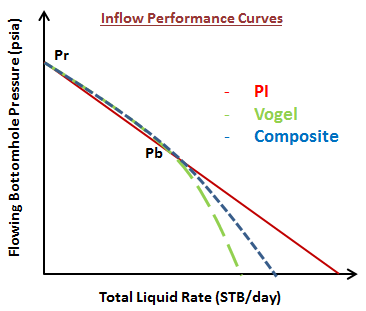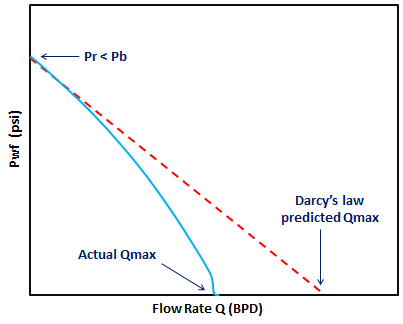When drilling has reached total depth and the formation to be evaluated has been determined by samples, logs, and cores, a Drill Stem Test may be ordered.
The testing equipment is attached to the end of the drill string. A hydraulic valve system keeps the string dry as it is being lowered into the wellbore. The testing equipment also incorporates a sealing device or packer that effects against the wellbore.
When testing equipment has reached the prospective formation, the formation is isolated from the rest of the wellbore by the packers. A valve opens and the formation is allowed to produce into the dry drill pipe.
At this time, a graphic pressure versus time chart of flow performance is recorded. This chart is produced by mechanical recorders and/or electronic pressure/temperature gauges. The data derived from the Drill Stem Test (DST) give a computation of the formation’s permeability, damage ratio, productivity index, transmissibility and radius of investigation.
After the operator determines that a formation test is to be conducted, the test tool is assembled and lowered into the wellbore. A graphic chart is obtained from two recorders.







